7 Dividend ETFs for Investors of Every Stripe
In good times and bad, dividend stocks act almost like rent checks, coming monthly or quarterly like clockwork.
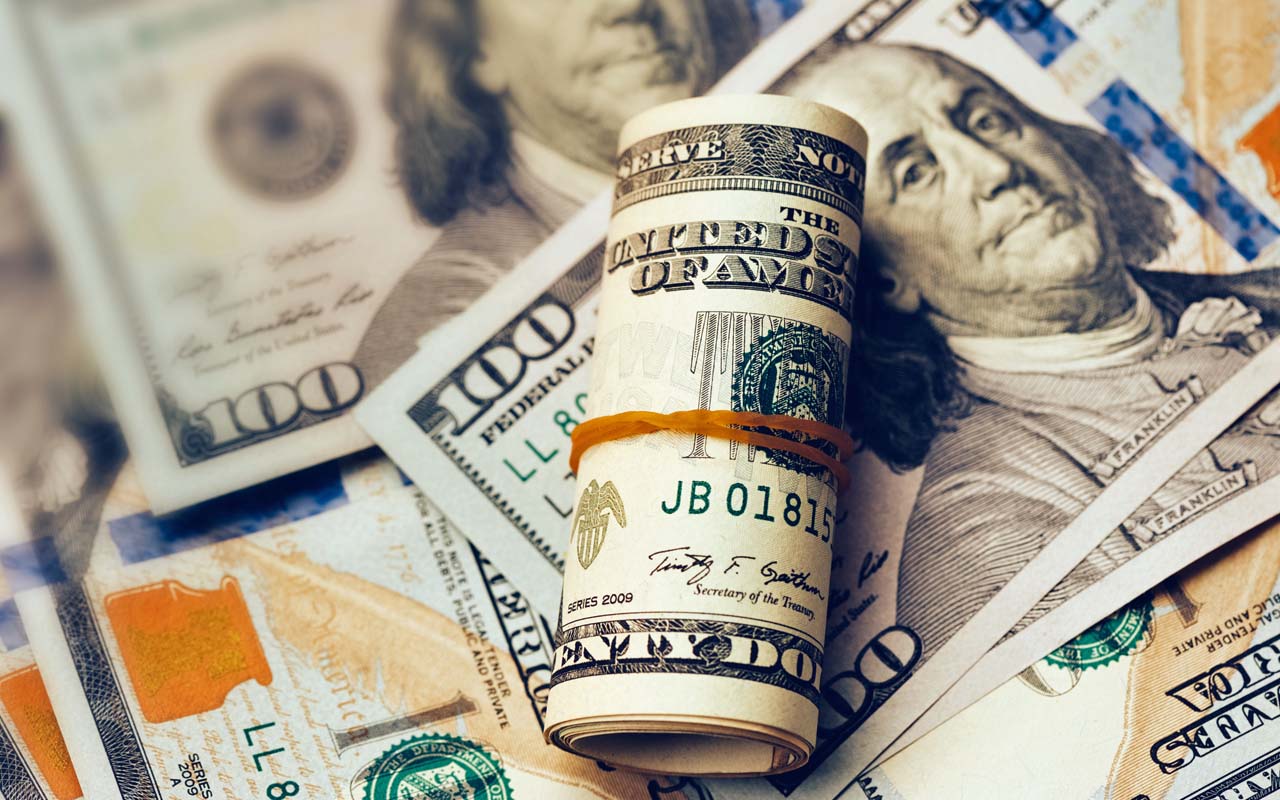

In good times and bad, dividend stocks act almost like rent checks, coming monthly or quarterly like clockwork. Many investors, whether you’re a professional working on Wall Street or a regular Joe on Main Street, swear by them.
It’s a big reason why assets in U.S. dividend exchange-traded funds (ETFs) have grown exponentially over the past decade. In 2009, U.S. dividend ETF assets were less than $20 billion. By the middle of 2018, they had increased to more than $170 billion.
The reason: Dividend ETFs provide investors with a diversified portfolio of dividend-paying stocks that allows you to invest and collect income without having to do nearly the amount of research you’d need before buying a large number of the individual components.
If you’re in this camp of hopeful set-it-and-forget-it investors, here are seven dividend ETFs to buy and hold for the long haul. Diversified by geography, style, size, sector, etc., this collection of ETFs can be held as a group or individually depending on your preferences, risk tolerance and investment horizon.
Disclaimer
Data is as of March 3, 2018. Yields represent the trailing 12-month yield, which is a standard measure for equity funds.
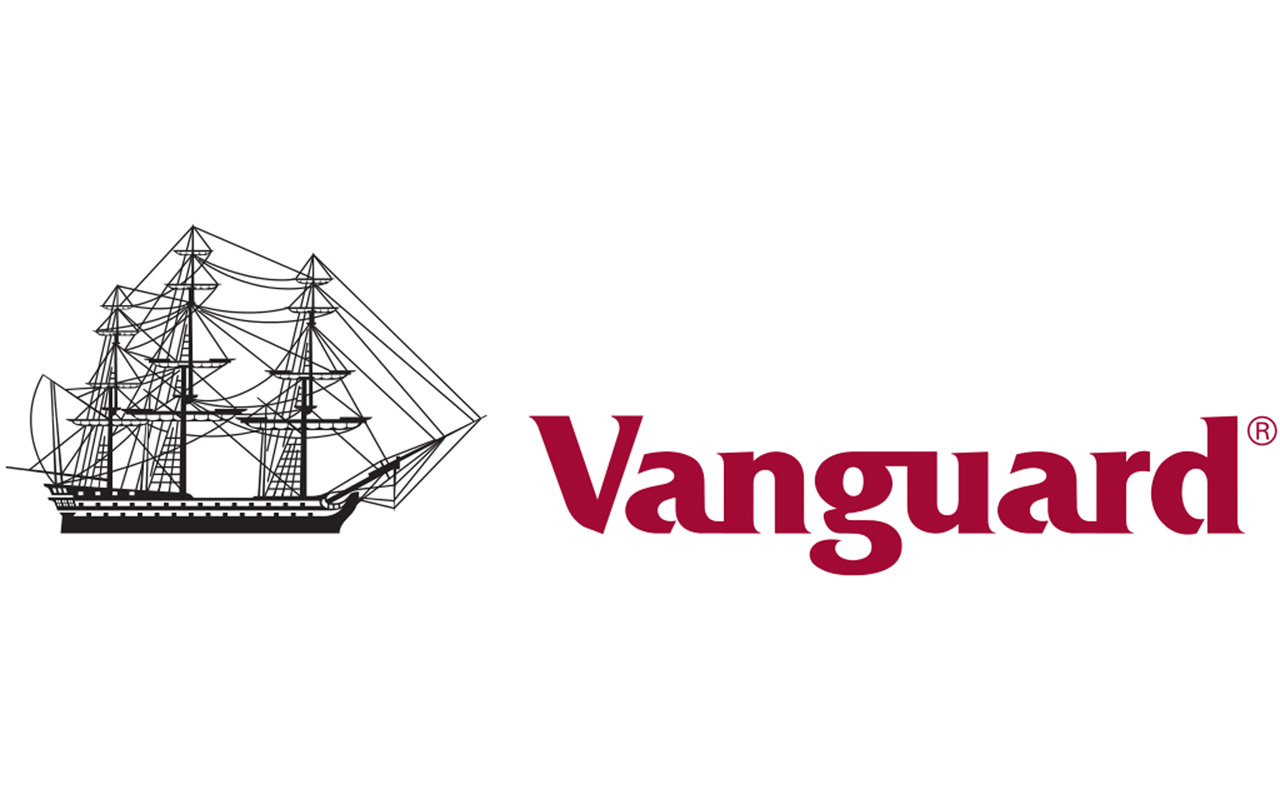
Vanguard High Dividend Yield ETF
- Type: Domestic large-cap
- Market value: $22.8 billion
- Dividend yield: 3.1%
- Expenses: 0.06%
When you’re building a portfolio of any kind – whether it’s with stocks, ETFs, mutual funds or other vehicles – you need a solid foundation. Without it, you won’t be able to withstand difficult times such as December 2018, when the Standard & Poor’s 500-stock index lost 9% of its value in a single month.
That’s why we will start with the Vanguard High Dividend Yield ETF (VYM, $86.21), a domestic large-cap ETF that tracks the performance of the FTSE High Dividend Yield Index – an index that invests in stocks with a history of above-average dividend yields.
You might be thinking, “Aren’t high yields a sign of a deteriorating business?”
While that can be the case in certain situations, the roster of stocks in VYM’s top 10 holdings (which account for roughly 27% of the fund’s assets under management) are some of America’s largest and most stable companies – Johnson & Johnson (JNJ), JPMorgan Chase (JPM), Exxon Mobil (XOM).
VYM yields more than 3% but sports a rock-bottom expense ratio of 0.06%, and it has delivered an average annual return of 7.7% since its inception in November 2006 – a great combination of low fees, a healthy overall yield and nice long-term returns.
That’s a strong foundation.
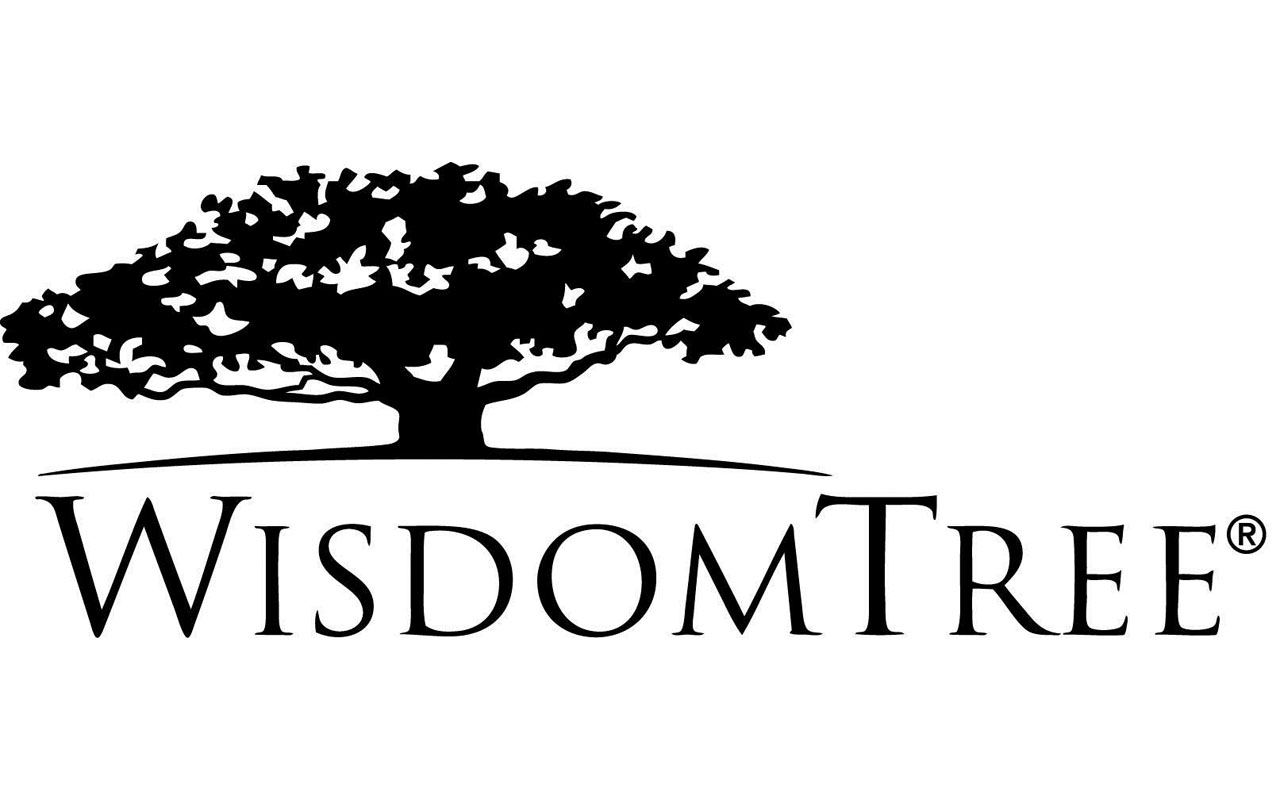
WisdomTree U.S. MidCap Dividend Fund
- Type: Domestic mid-cap
- Market value: $3.7 billion
- Dividend yield: 2.3%
- Expenses: 0.38%
Mid-cap stocks are the motor that drives a strong portfolio.
Large caps are smart to own because those businesses won’t disappear overnight. And a few small-cap stocks can go a long way, as you’ll never known when one of them will be the next Netflix (NFLX) or Amazon (AMZN).
But mid-caps strike a wonderful balance between growth and stability, making them a natural fit if you want to achieve alpha without a high amount of additional risk.
The WisdomTree U.S. MidCap Dividend Fund (DON, $35.99) tracks the WisdomTree U.S. MidCap Dividend Index. To select the 402 holdings in the index, WisdomTree first compiles a list of investable U.S. dividend-paying stocks. It then excludes the 300 largest stocks by market cap. Lastly, it selects for inclusion the top 75% of the remaining stocks by market value. The holdings are fundamentally weighted and reconstituted annually in December.
This portfolio weights four sectors in double digits: consumer discretionary (19.6%), real estate (14.7%), industrials (13.8%) and financials (10.2%). Four more are weighted between 5% and 10%. That speaks to a high level of diversification, as does the fact that DON’s top 10 holdings account for just roughly 10% of the portfolio.
This ETF got its start in June 2006 and has delivered a 9.2% average annual return for shareholders ever since.
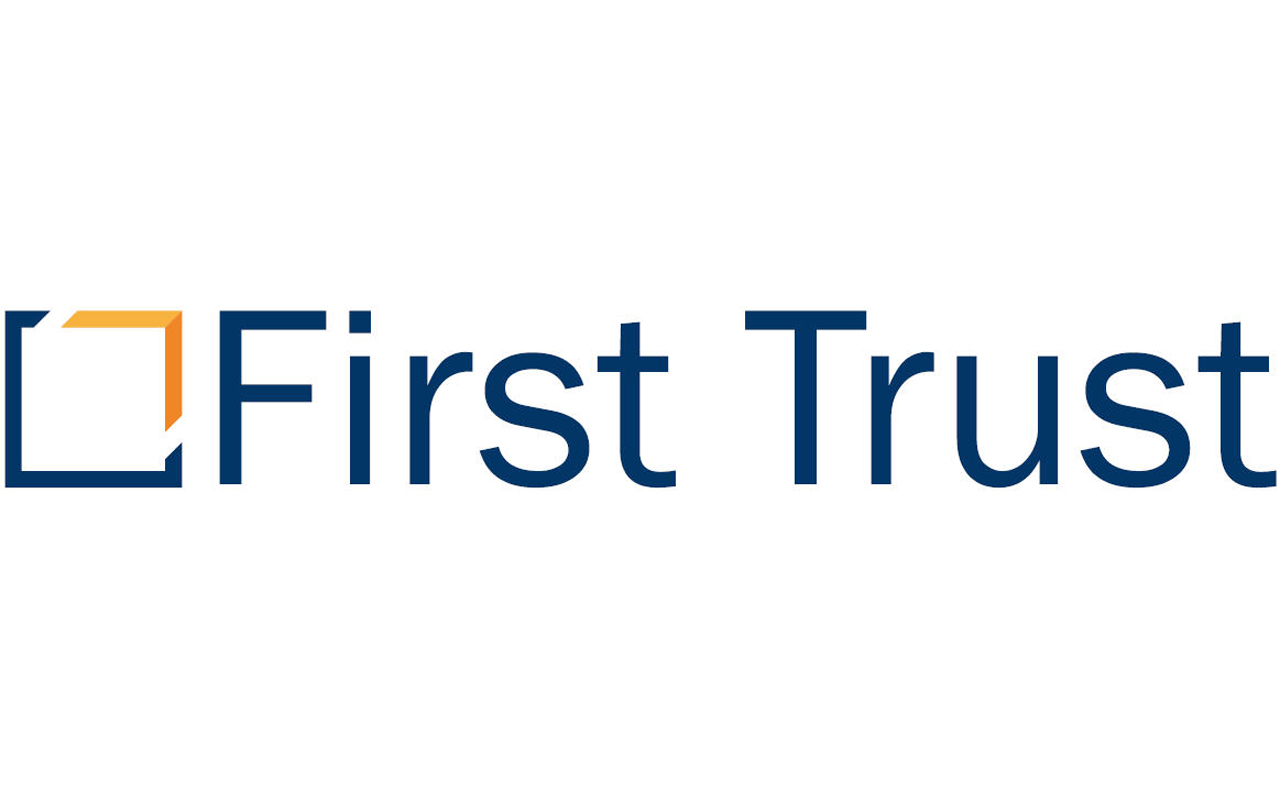
First Trust Rising Dividend Achievers ETF
- Type: Domestic large-cap
- Market value: $722.2 million
- Dividend yield: 1.5%
- Expenses: 0.50%
As the name suggests, the First Trust Rising Dividend Achievers ETF (RDVY, $30.49) invests in companies that have a history of increasing their dividends annually. But it also seeks out characteristics such as strong cash flow, solid balance sheets and growing earnings – factors that suggest the dividend increases will continue.
The ETF tracks the NASDAQ US Rising Dividend Achievers Index – a group of 50 large-, mid- and small-cap stocks that trade on U.S. stock exchanges and have paid a dividend in the trailing 12-month period that’s greater than the dividend paid three and five years earlier. To be included in the index, a company must also exhibit these three financial characteristics:
- First, a company’s most recent fiscal year’s earnings per share must be higher than in any of the three previous years.
- Second, a company must have a cash-to-debt ratio higher than 50%
- Third, a company’s 12-month payout ratio must be less than or equal to 65%.
There’s more to the methodology, but those are the important points. The result is a median market cap of $36.6 billion that reflects a roughly 70% allocation to large-cap stocks, 28% to mid-caps and a tiny remainder dedicated to small caps.
RDVY is a little on the expensive side, but it does a good job targeting financially stable companies that still have plenty of growth underneath the hood, but have clearly made rising income a priority, too, thus making it an excellent dividend ETF to buy.
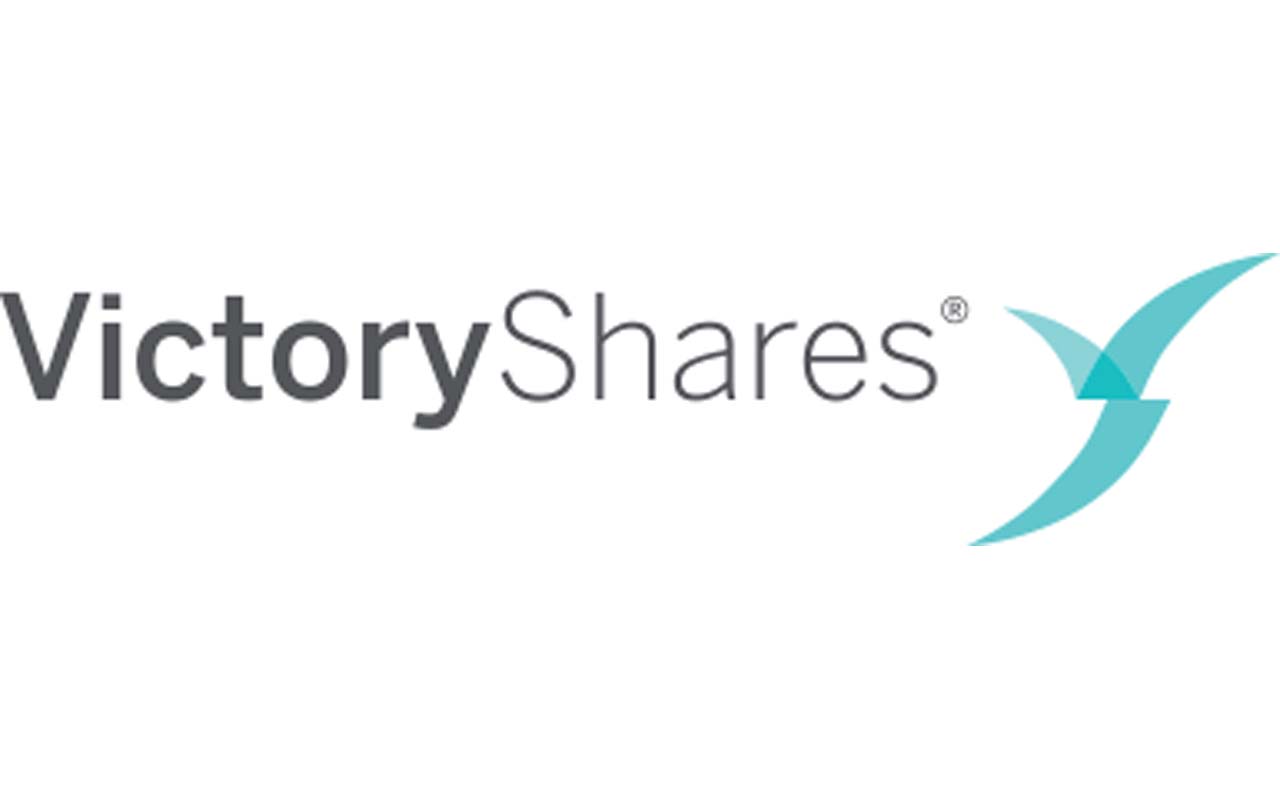
VictoryShares US Small Cap High Dividend Volatility Weighted ETF
- Type: Domestic small-cap
- Market value: $65.8 million
- Dividend yield: 3.1%
- Expenses: 0.35%
The biggest concern for investors when it comes to small-cap stocks is volatility. By their very nature – smaller market values, less revenue, fewer shareholders – companies with market values of less than $3 billion can be difficult to own when one alternative is to hold an ETF of blue chips such as those in the S&P 500 and call it a day.
But the VictoryShares US Small Cap High Dividend Volatility Weighted ETF (CSB, $45.33) does a good job weeding out small companies whose stocks exhibit excessive volatility.
CSB tracks the Nasdaq Victory US Small Cap High Dividend 100 Volatility Weighted Index. This index takes the 500 largest U.S. companies that have made money in each of the past four quarters and have a market cap less than $3 billion, whittling it down to the 100 highest-yielding stocks. It weights the stocks by their standard deviation (volatility) of daily price changes over the past 180 trading days. The lower the volatility, the higher the weighting.
As a result of the volatility weighting combined with the dividend-paying aspect of the ETF, you’ll notice the top 10 holdings are heavy in financials, which account for roughly 24% of the company’s assets. CSB also has high concentrations in industrials (23.4%), consumer discretionary (16.4%) and utilities (10.7%).
At 0.35%, CSB provides dividend investors with decent income and upside capital appreciation without taking too much risk.

Schwab Fundamental Emerging Markets Large Company Index ETF
- Type: Foreign emerging-markets large-cap
- Market value: $2.3 billion
- Dividend yield: 2.8%
- Expenses: 0.39%
The United States represents a little more than 35% of the world’s capital markets. Yet, Americans have put almost 75% of their investments in U.S.-based assets. Experts call this “home-country bias.” It’s not deadly, but it’s still a good idea to broaden your investment horizons beyond our shores.
The next three ETFs are dedicated to that – they have reasonable fees, own dividend-paying stocks and invest primarily in large-cap stocks, reducing (albeit not eliminating) the risks involved with investing in international equities.
The Schwab Fundamental Emerging Markets Large Company Index ETF (FNDE, $27.96) invests in 366 companies based in emerging markets such as South Korea, China, Taiwan, Russia and Brazil. FNDE leans toward bigger, larger companies, with 28% of the portfolio invested in market caps of $70 billion or higher. Just 5% of its net assets are invested in small- or mid-cap stocks valued at $3 billion or less.
Emerging markets have gotten a bad rap in recent years because of terrible performance relative to the U.S., but that’s provided investors with a significant buying opportunity.
“A large cross-section of emerging market companies have improved balance sheets and have been showing an improvement in profit margins,” U.K.-based River & Mercantile portfolio manager Al Bryant recently told Morningstar. “Dividend yields also now average above 3% for emerging market stocks, which has been a decent historical signal for subsequent gains.”
Throw off the shackles of home-country bias and jump on the emerging-markets bandwagon.
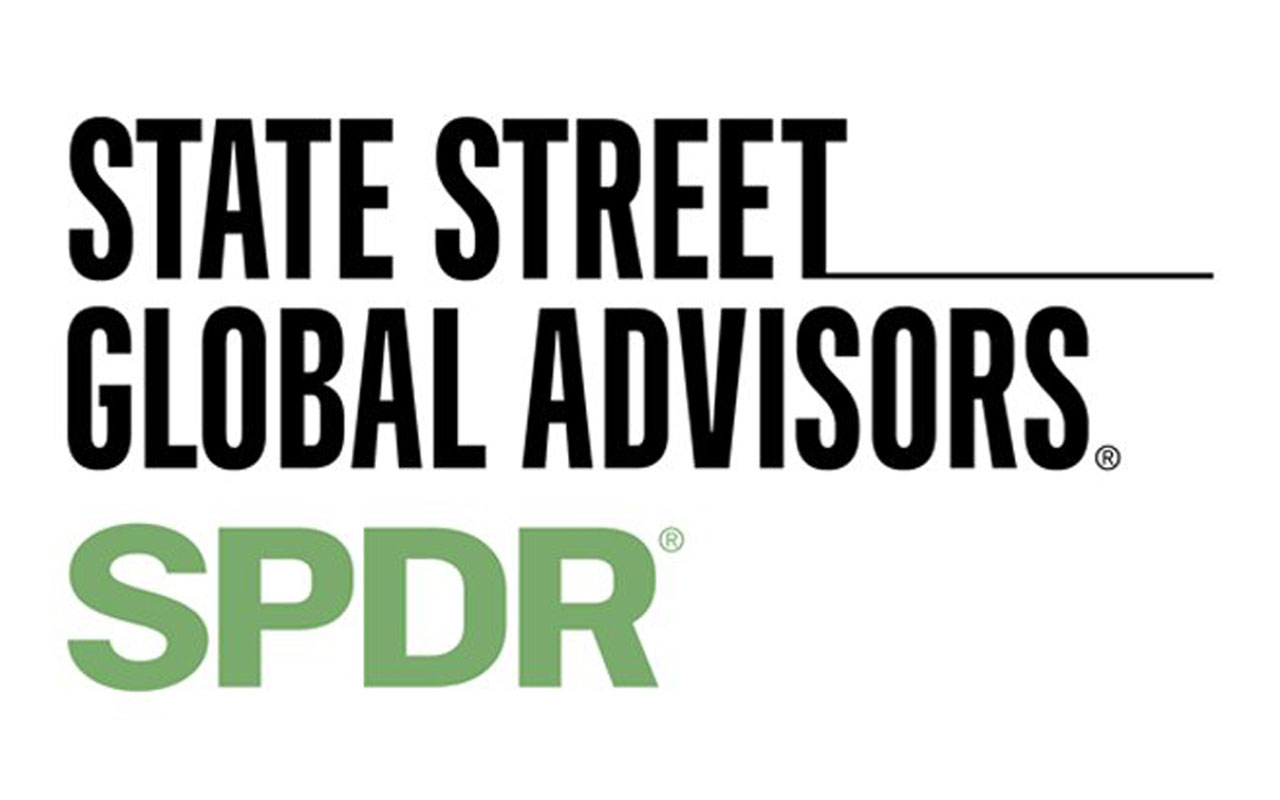
SPDR S&P International Dividend ETF
- Type: Foreign large-cap
- Market value: $827.3 million
- Dividend yield: 4.7%
- Expenses: 0.45%
When it comes to State Street ETFs, most investors think of the $264 billion SPDR S&P 500 ETF (SPY), the largest ETF in the U.S. by a country mile. By comparison, the SPDR S&P International Dividend ETF (DWX, $37.75) seems like a rounding error.
But what the DWX lacks in size, it makes up for in quality, not to mention simplicity.
The DWX, which tracks the S&P International Dividend Opportunities Index, gives you access to 100 of the highest-yielding international stocks meeting specific sustainability and earnings growth criteria, including positive earnings per share (excluding extraordinary items) over the latest 12-month period.
More importantly, no sector or country can account for more than 25% of the portfolio, emerging markets are capped at 15%, and no individual stock can exceed a 3% weighting, ensuring that diversification remains intact.
It’s not the cheapest international dividend ETF, but it gets the job done. Over the past three years, it has delivered an annual total return of 10.2% for unitholders – 2.6 percentage points better than the average in the foreign large-cap value category.
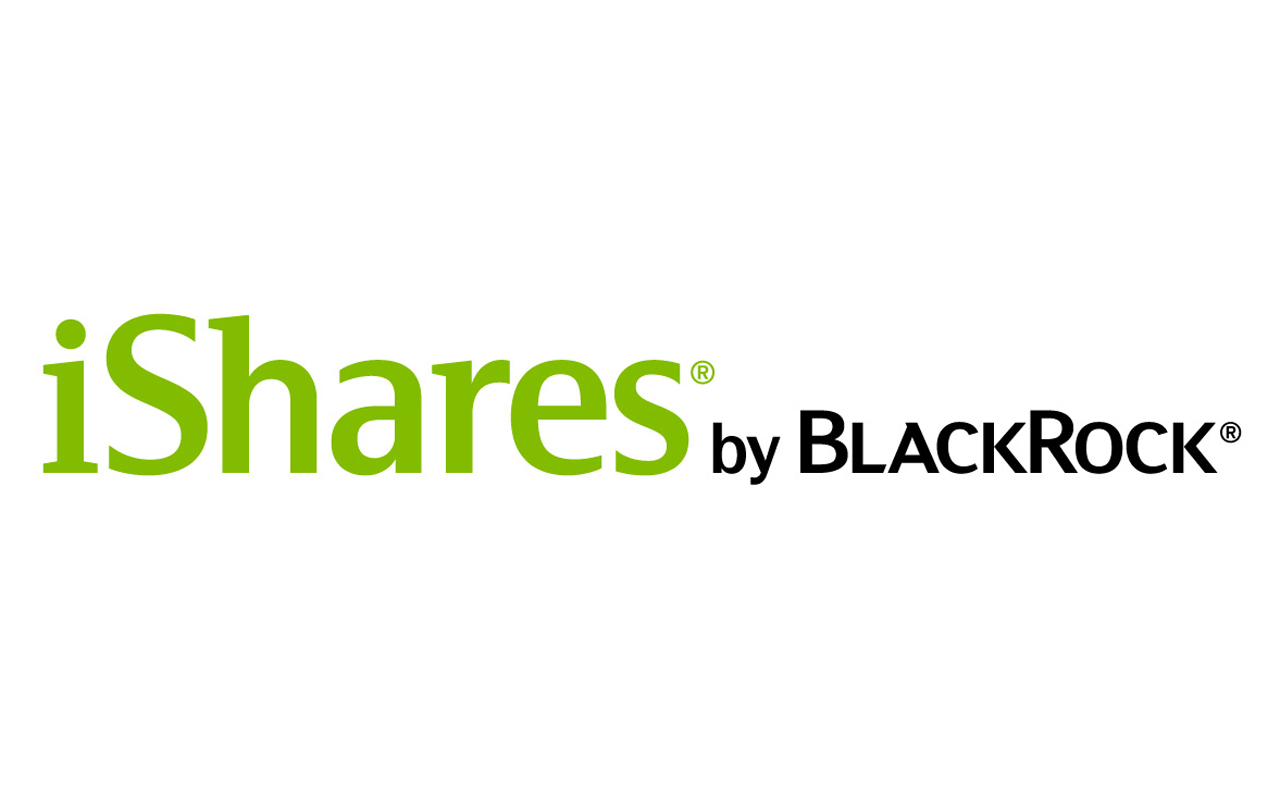
iShares International Select Dividend ETF
- Type: Foreign large-cap
- Market value: $4.3 billion
- Dividend yield: 5.4%
- Expenses: 0.50%
If you’re a fan of financial stocks, iShares International Select Dividend ETF (IDV, $31.77) is for you. Financials represent 31% of the ETFs $4.3 billion in net assets, all of them in developed markets outside the U.S.
However, it’s important to note that the United Kingdom accounts for a little more than 25% of the portfolio – much bigger than second-largest weight Australia, which earns a 16% allocation. Canada is also notable at a fourth-place 6%.
Like DWX, IDV invests in 100 of the highest-yielding dividend stocks outside the U.S. It the Dow Jones EPAC Select Dividend Index, which selects stocks delivering consistently high dividend yields from the Dow Jones Developed Markets ex-U.S. Index. Real estate investment trusts (REITs) and U.S. stocks are excluded.
If you’re partial to ETFs that invest across all market caps, you ought to like IDV. Out of the 100 stocks in the portfolio, 62% are large caps, 28% are mid-caps and 10% are small caps.
Performance-wise, IDV has delivered an average annual total return of 12.2% over the past decade – 3.3 percentage points better than its category. Much of that performance comes via a massive yield that sits at more than 5% over the trailing 12 months.
Get Kiplinger Today newsletter — free
Profit and prosper with the best of Kiplinger's advice on investing, taxes, retirement, personal finance and much more. Delivered daily. Enter your email in the box and click Sign Me Up.

Will has written professionally for investment and finance publications in both the U.S. and Canada since 2004. A native of Toronto, Canada, his sole objective is to help people become better and more informed investors. Fascinated by how companies make money, he's a keen student of business history. Married and now living in Halifax, Nova Scotia, he's also got an interest in equity and debt crowdfunding.
-
 Two Don'ts and Four Dos During Trump's Trade War
Two Don'ts and Four Dos During Trump's Trade WarThe financial rules have changed now that tariffs have disrupted the markets and created economic uncertainty. What can you do? (And what shouldn't you do?)
By Maggie Kulyk, CRPC®, CSRIC™
-
 I'm Single, With No Kids: Why Do I Need an Estate Plan?
I'm Single, With No Kids: Why Do I Need an Estate Plan?Unless you have a plan in place, guess who might be making all the decisions about your prized possessions, or even your health care: a court.
By Cynthia Pruemm, Investment Adviser Representative
-
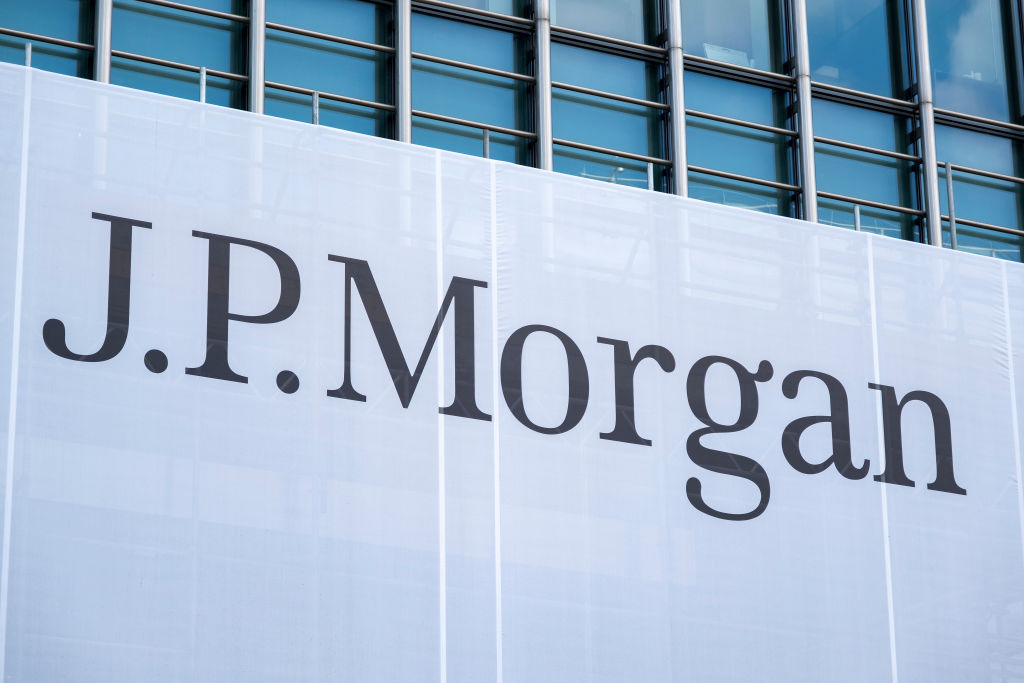 Is JPMorgan Chase Stock a Buy, Hold or Sell After Earnings?
Is JPMorgan Chase Stock a Buy, Hold or Sell After Earnings?JPMorgan Chase is trading higher after the big bank topped fourth-quarter earnings expectations, but is the stock a Buy? Here's what you need to know.
By Joey Solitro
-
 The Cheapest Places To Retire in the US
The Cheapest Places To Retire in the USWhen you're trying to balance a fixed income with an enjoyable retirement, cost of living is a crucial factor to consider.
By Stacy Rapacon
-
 Smart Ways to Invest Your Money This Year
Smart Ways to Invest Your Money This YearFollowing a red-hot run for the equities market, folks are looking for smart ways to invest this year. Stocks, bonds and CDs all have something to offer in 2024.
By Jeff Reeves
-
 Vanguard's New International Fund Targets Dividend Growth
Vanguard's New International Fund Targets Dividend GrowthInvestors may be skittish about buying international stocks, but this new Vanguard fund that targets stable dividend growers could ease their minds.
By Nellie S. Huang
-
 Best 401(k) Investments: Where to Invest
Best 401(k) Investments: Where to InvestKnowing where to find the best 401(k) investments to put your money can be difficult. Here, we rank 10 of the largest retirement funds.
By Nellie S. Huang
-
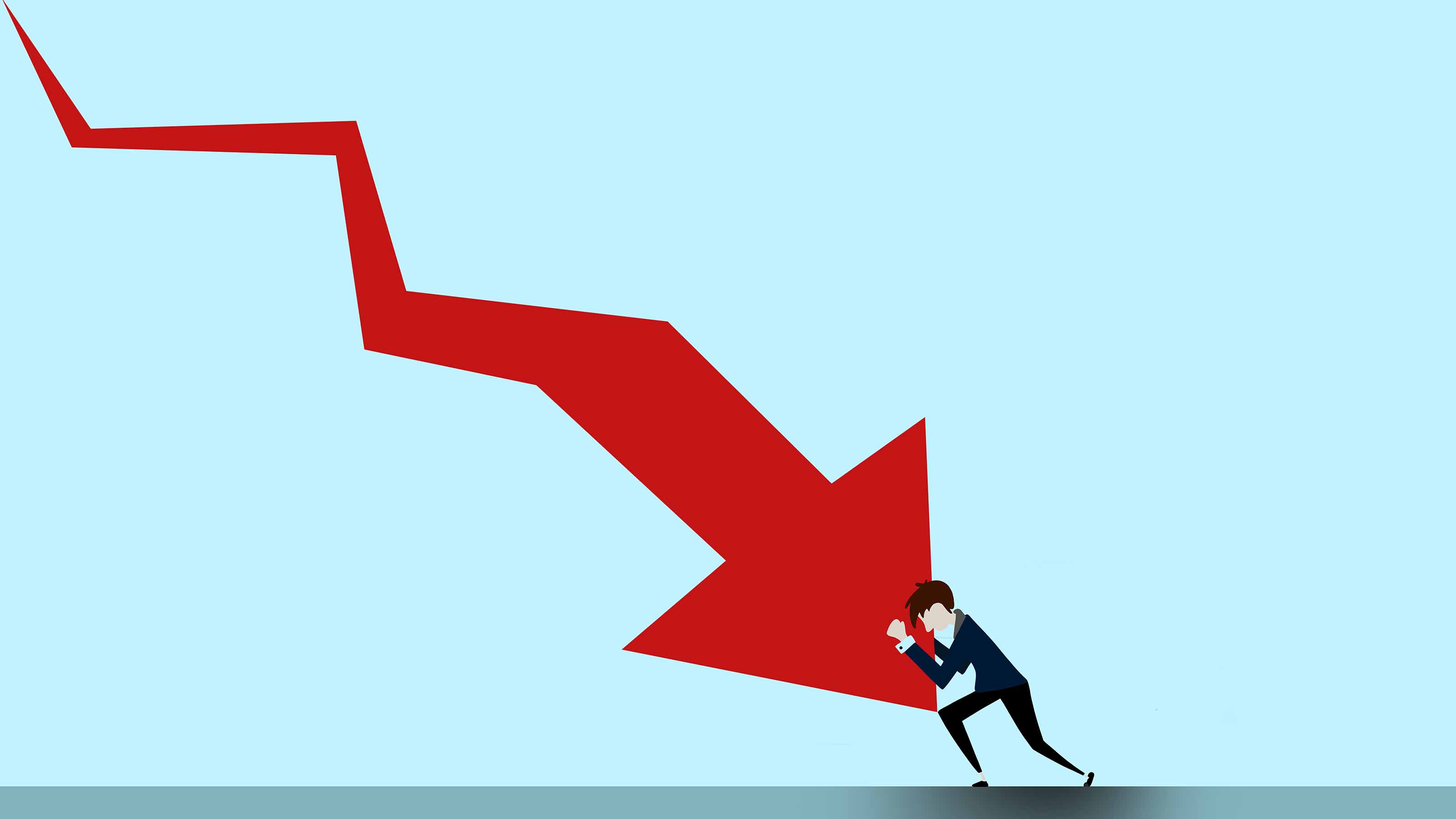 Is A Recession Looming? Two Big Bank CEOs See It That Way
Is A Recession Looming? Two Big Bank CEOs See It That WayRecession is likely, Citi's CEO told a Senate panel today, a sentiment echoed by JP Morgan's chief executive last week.
By Joey Solitro
-
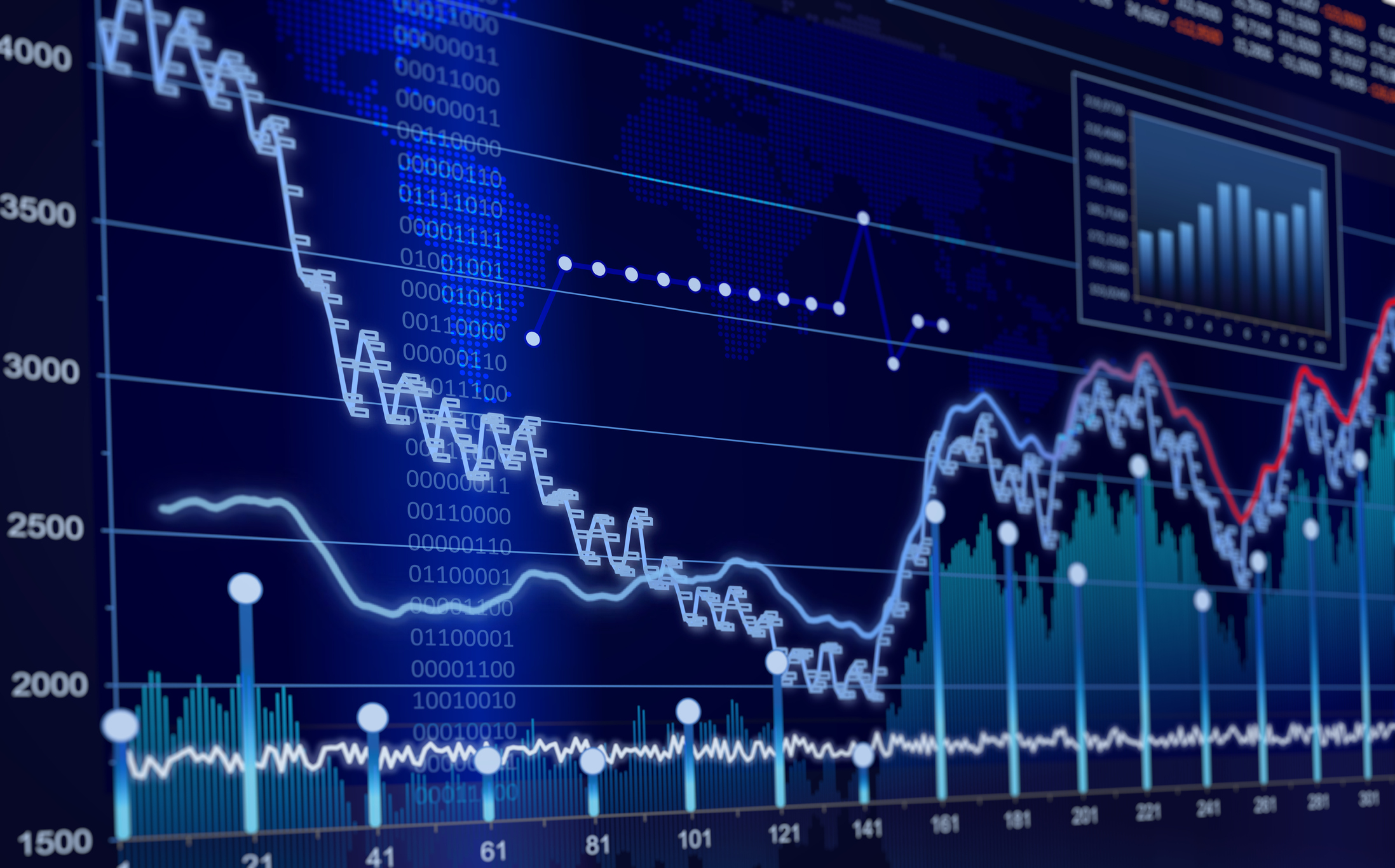 Stock Market Today: S&P 500 Joins Nasdaq in Correction Territory
Stock Market Today: S&P 500 Joins Nasdaq in Correction TerritoryThe Nasdaq managed to hold higher into the close thanks to a strong earnings reaction for mega-cap stock Amazon.
By Karee Venema
-
 7 Best Stocks to Gift Your Grandchildren
7 Best Stocks to Gift Your GrandchildrenThe best stocks to give your grandchildren have certain qualities in common.
By Dan Burrows
